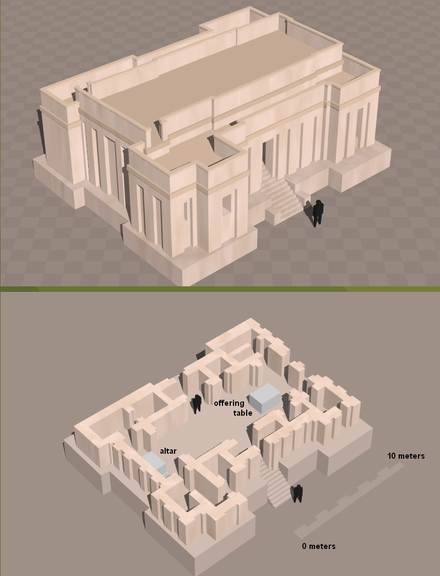The Ubaid period (c. 6500–3700 BC) is a prehistoric period of Mesopotamia. The name derives from Tell al-'Ubaid where the earliest large excavation of Ubaid period material was conducted initially in 1919 by Henry Hall and later by Leonard Woolley.
In South Mesopotamia the period is the earliest known period on the alluvial plain although it is likely earlier periods exist obscured under the alluvium. In the south it has a very long duration between about 6500 and 3800 BC when it is replaced by the Uruk period.
The term "Ubaid period" was coined at a conference in Baghdad in 1930, where at the same time the Jemdet Nasr and Uruk periods were defined.
Ubaid culture is characterized by large unwalled village settlements,
multi-roomed rectangular mud-brick houses and the appearance of the
first temples of public architecture in Mesopotamia, with a growth of a
two tier settlement hierarchy of centralized large sites of more than 10
hectares surrounded by smaller village sites of less than 1 hectare.





No comments:
Post a Comment